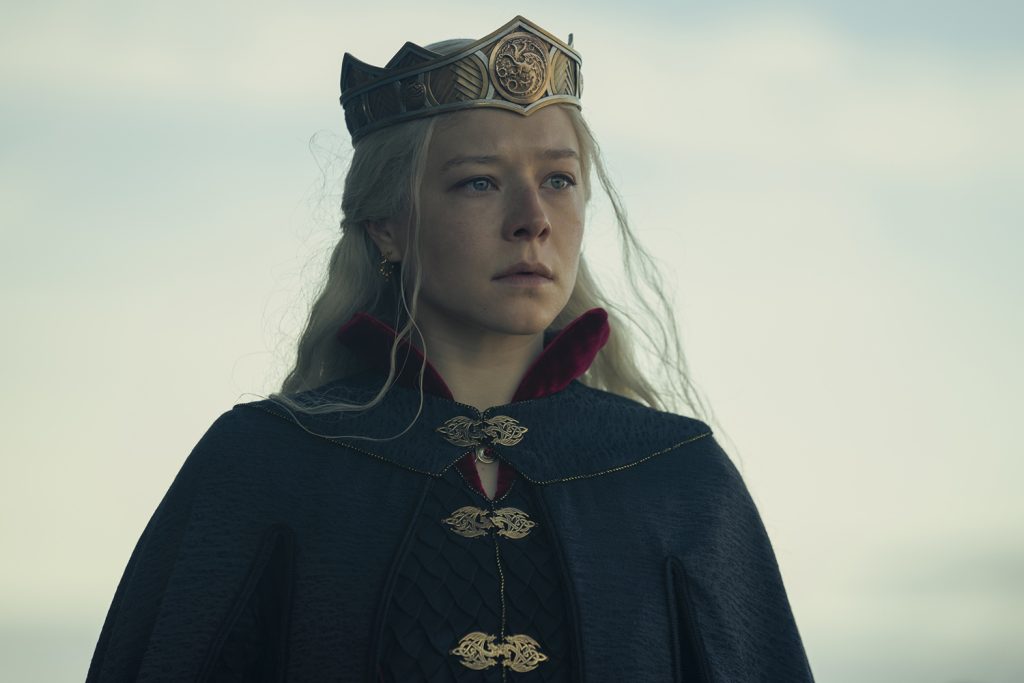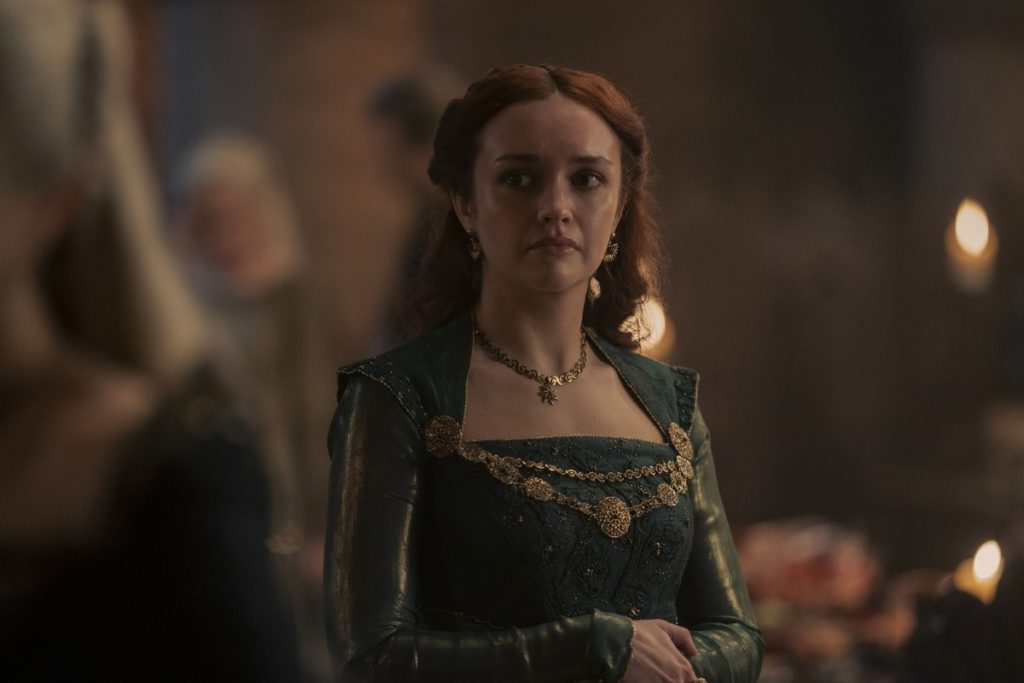Warning: Minor spoilers ahead!
House of the Dragon has been an unexpected delight in many ways. After the disastrous final season of its predecessor, fans—myself included—were rather skeptical about the prequel, but the first season exceeded expectations. Based on George R.R. Martin’s Fire and Blood, the show, set roughly 200 years before the events of Game of Thrones, focuses on the Dance of Dragons, a civil war fought between Rhaenyra Targaryan and her half-brother Aegon II over their father Viserys I’s throne. Though not as epic, House of the Dragon is better than Game of Thrones for one simple reason: it respects its female characters.
Anyone remotely familiar with Game of Thrones will know that even when it was at its best, the show was terribly misogynistic. Martin’s world never had a shortage of so-called strong female characters. Daenerys, Cersei, Arya, and Melisandre—to name a few—were all key players in the series, but it is impossible to forget how poorly they were treated. Women were constantly stripped, beaten, and raped, and for what? George R.R. Martin justified himself on the grounds of realism (a problem in and of itself), but that burden was disproportionately placed on women.

Thankfully, House of the Dragon fixes this problem. Matt Smith, who plays the scheming and bloodthirsty brother of King Viserys, is the first lead actor to strip for the show. Most notably, however, when Milly Alcock and Emily Carey—who play the young versions of Princess Rhaenyra and Alicent, respectively—undress for sex scenes, we see very little of their bodies, and everything is shown from their perspective. Rhaenyra is a young woman exploring her sexuality as she seduces her loyal knight Sir Cristin Cole. She is neither passive nor objectified. In contrast, Alicent is much more submissive when Viserys sleeps with her, but still, she does not become an object of desire. In fact, the scene is not meant to be erotic at all; it is centered on Alicent’s pain and loneliness as she is pressured to conform to her queenly dutiesperforms her duty as queen and conforms to gender expectations. Everything about the scene—the dark and cold lighting, the sombre music, and the focus on Alicent’s repulsion—illustrates the true cost of her sacrifice, which she shares with countless other women in Westeros.
Of course, Thrones did sometimes show women becoming empowered through adversity. However, House of the Dragon’s widely different approach to sex and sexual violence reveals that Thrones’ casual treatment of rape was absolutely unnecessary. Indeed, unlike in Thrones, the mistreatment of women is not just a fact of the world in which the story takes place; it is the core story itself. The Great Council, shown in the prologue, shows Rhaenys losing the throne that should be hers by right (she is the Old King Jaehaerys’ most direct living heir) because everyone would rather have a man rule the kingdom. Years later, King Viserys’ wife Aemma is about to give birth to a boy, but Viserys must soon choose between his beloved wife and their unborn son. He chooses his male heir, sentencing his wife to death. In Westeros, women are constantly tossed aside or brutalized to pave the way for men to seize power, and it is important to show that brutality and hot women fight back against the patriarchal order, but at least in House of the Dragon, the female characters do not need to battle the show itself.

House of the Dragon does not merely present violence against women as the way of the world. Instead, it demonstrates that though this might be the status quo, it should not remain unchallenged, and we repeatedly see women fighting against this system. When Rhaenys explains to Rhaenyra in episode two that men ruling the world is “the order of things,” Rhaenyra will have none of it: “When I am queen, I will create a new order.” Rhaenyra is constantly pushed aside by her father’s men—who all long for a male heir—but she refuses to be bullied into submission. Many powerful women in Thrones, like Cersei and Daenerys, similarly fought against patriarchal norms, but in the end, the showrunners failed to respect these characters, reducing them to mere caricatures of themselves—one who did nothing but sip wine, and the other who became more and more deranged and bloodthirsty. Conversely, Rhaenyra is bold, strong, and intelligent, and though the men around her refuse to recognize her potential, the show does and takes her seriously.
For those unfamiliar with Fire and Blood, Rhaenyra’s fate remains to be seen, but so far, she—along with all the women in the show—appears to be in good hands. The first season highlights many of Westeros’ usual far,including battles, incest, and dragons, but the show knows who its real heroes are. Women might not rule Westeros (yet), but they rule House of the Dragon.
